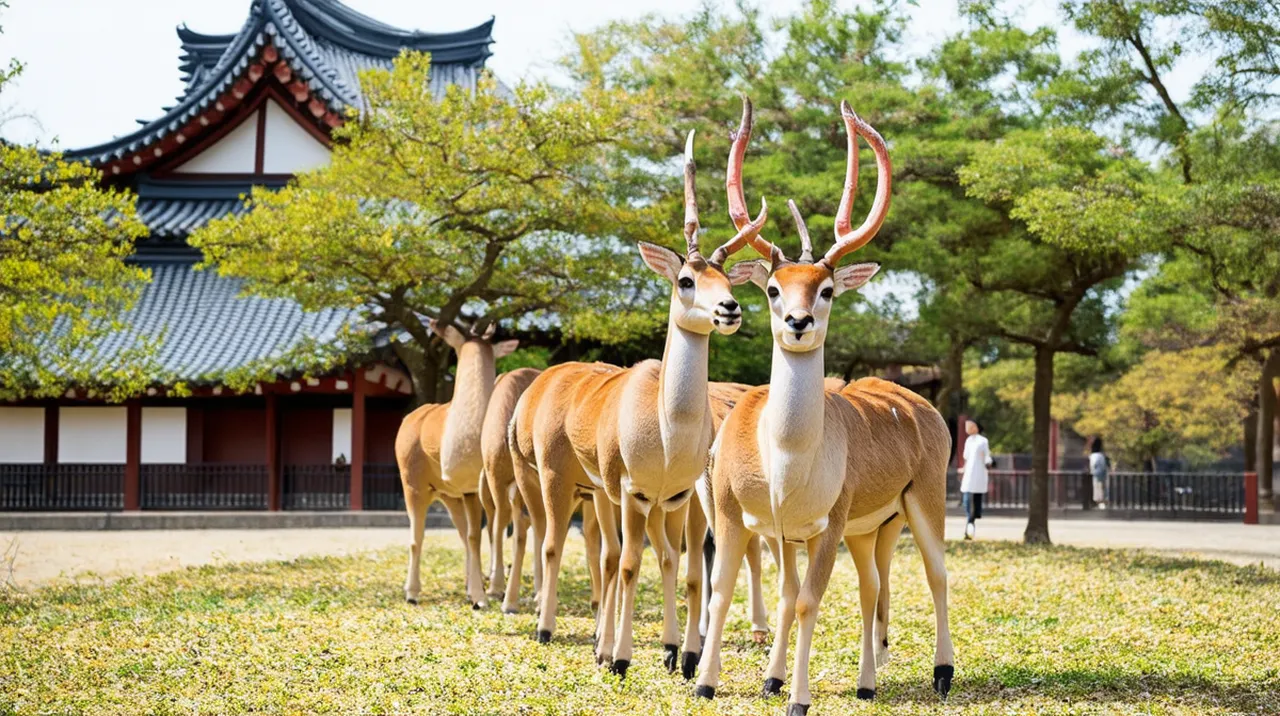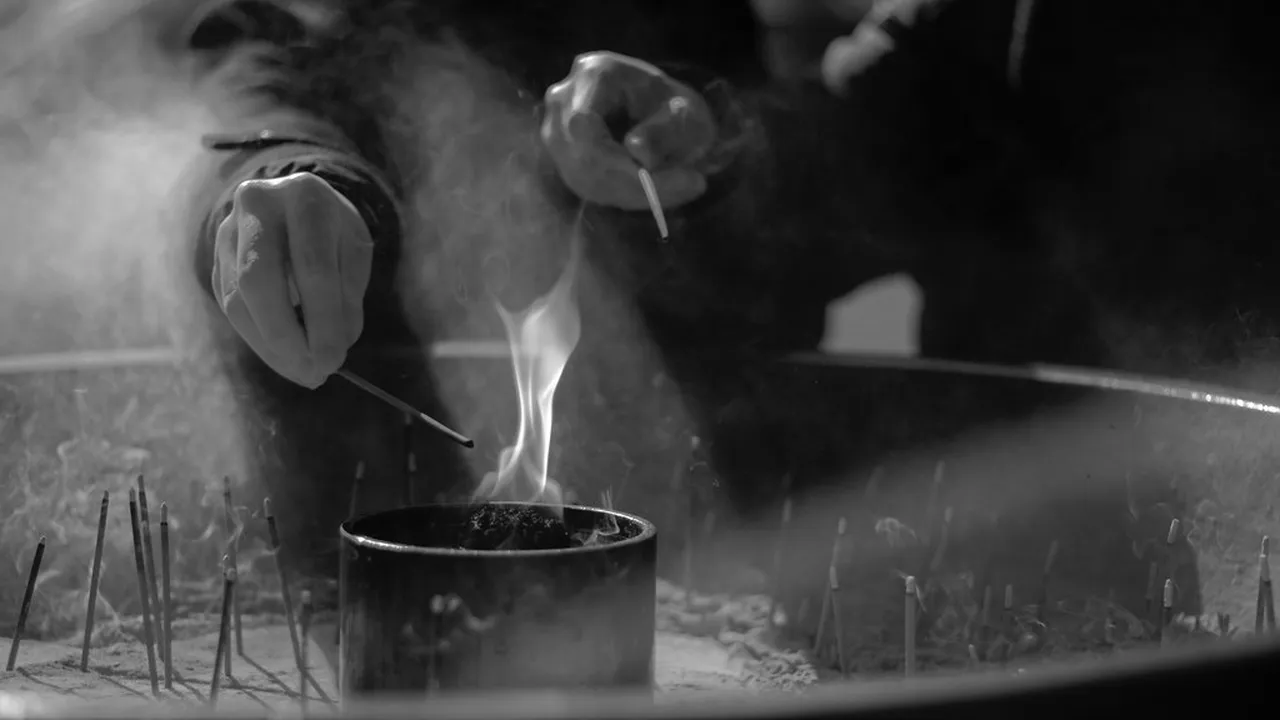
Nara Culture: Uncover the Rich Heritage of Japan
Table of Contents
Nara Culture
Nara culture encompasses a rich tapestry of traditions, art, and history that define this ancient city in Japan. As the capital of Japan in the 8th century, Nara is home to some of the country’s most significant historical sites, including temples, shrines, and beautiful parks inhabited by free-roaming deer. In this article, we will delve into the unique aspects of Nara culture, from the famous Nara Park and its sacred deer to the traditional crafts that have been passed down through generations. Prepare to explore the beauty, tranquility, and historical significance of Nara, a place that is sure to leave a lasting impression on every visitor.
Want to find the best travel deals for this destination? expert adventure planner with our adventure planning specialist!
1. The Historical Significance of Nara Culture in Japan

Nara, often regarded as the birthplace of Japanese culture, holds immense historical significance that deserves exploration. Established as the first permanent capital in 710 AD, Nara became a hub of politics, culture, and religion, shaping the landscape of Japan for centuries. The Nara Period, spanning from 710 to 794, marked the flourishing of arts and literature, which continues to influence modern Japan.
Moreover, during this time, significant Buddhist philosophies were introduced, paving the way for the integration of spirituality within daily life.
In addition, many ancient texts and artistic practices emerged, laying the foundation for Japan’s future development. Therefore, recognizing Nara’s contributions to Japanese history is essential for a deeper understanding of the country’s cultural evolution.
2. Visiting Todai-ji: The Great Eastern Temple of Nara

When visiting Nara, one cannot miss Todai-ji, a grand Buddhist temple that exemplifies the city’s architectural prowess. Constructed in the early 8th century, Todai-ji houses the world’s largest bronze statue of Buddha, known as Great Buddha (Daibutsu). Standing at over 15 meters tall, this magnificent statue is not only a spiritual icon but also a masterpiece of craftsmanship.
As you enter the temple grounds, the Daibutsuden (Great Buddha Hall) attracts visitors with its imposing size, being one of the largest wooden structures in the world. Furthermore, the serene atmosphere encourages reflection and tranquility.
“Don’t forget to explore the surrounding garden and the ancient trees, which add to the temple’s beauty.”
3. Embracing Nature: Nara Park and Its Sacred Deer

Nara Park is a stunning example of how Nara’s culture intertwines with nature. This expansive park, covering over 1,200 acres, is home to numerous historical sites, including Todai-ji and Kasuga-taisha Shrine. However, what truly sets Nara Park apart is the populace of free-roaming deer that inhabit the area.
Considered sacred messengers in Shinto beliefs, these deer have become a symbol of Nara. They wander freely, and you can even interact with them by feeding them special deer crackers sold throughout the park. Moreover, the combination of culture and nature makes Nara Park a must-visit destination. A stroll under the cherry blossoms in spring or vibrant foliage in autumn enhances your experience significantly.
4. Cultural Heritage: Exploring Nara’s Traditional Crafts

Nara is renowned for its traditional crafts that reflect the region’s rich cultural heritage. These crafts are not only artistic expressions but also narratives of the community’s history. For instance, Nara lacquerware is a prominent craft that Highlights intricate techniques and meticulous craftsmanship, often passed down through generations.
Additionally, you can find beautiful textiles, particularly the Nara sarashi, a type of cotton cloth known for its durability and texture. This fabric is often used in traditional clothing, such as the yukata. Moreover, engaging with local artisans is a fantastic way to appreciate these crafts. Hence, visitors are encouraged to participate in workshops to create their own Nara-inspired artwork!
The dedication to preserving these traditional crafts emphasizes the significance of Nara culture in today’s society. As a traveler, immersing yourself in these art forms allows for a deeper connection with the local community and its history.
5. Festivals of Nara: Celebrating Tradition and Community
Pro Tip: Book your Nara adventures in advance through Viator for the best deals!

The festivals of Nara are vibrant celebrations that showcase the Nara culture through music, dance, and procession. Each festival holds deep historical and spiritual significance, reflecting the lives of its people. For example, the Nara Tōkae festival, held in August, transforms the city with thousands of lanterns, illuminating the night and creating a magical atmosphere.
Moreover, the Omizutori festival at Todai-ji Temple is another highlight. This event marks the start of spring, featuring fire rituals and ancient ceremonies that have been celebrated for centuries. As a traveler, participating in these festivals not only enriches your experience but also provides insights into the community spirit firmly rooted in Nara’s heritage.
Pro-tip: Time your visit to coincide with these festivals for an unforgettable cultural immersion!
6. The Art of Nara: Unveiling Ancient Sculpture and Painting
Nara’s artistry is a critical aspect of its rich cultural tapestry. The city is home to renowned ancient sculptures and paintings that date back to the Nara period (710-794 AD). One of the most notable sites is the Great Buddha of Todai-ji, a magnificent statue that illustrates the artistry and religious devotion of that era.
Moreover, Nara’s temples and shrines are adorned with exquisite murals and carvings that echo Buddhist philosophies. Visitors can explore these treasures, gaining a profound appreciation for the intricacies involved in such craftsmanship. The symbiotic relationship between these artworks and the settings they inhabit creates a captivating narrative about the spiritual journey of this region.
Thus, Nara offers a unique opportunity for art enthusiasts to delve into the historical context and the significance of these masterpieces.
7. Unraveling Nara Cuisine: Flavors that Define a Region
Nara’s culinary scene is truly a reflection of its rich culture and history. This region is known for its bespoken dishes that are not only delicious but also rooted in tradition. One of the local delicacies is kakinoha sushi, which consists of sushi wrapped in persimmon leaves. This unique presentation not only enhances the flavor but also keeps it fresh.
Furthermore, Nara is famous for its Nara sake. This traditional rice wine is brewed with pure, soft water from the region, making it a must-try during any visit. Moreover, while exploring Nara cuisine, don’t miss out on hinamatsuri
Additionally, the vibrant food markets in Nara offer an excellent opportunity to immerse yourself in local flavors. From fresh vegetables to handmade crafts, these markets reflect the essence of Nara’s culture. So, if you are looking to indulge in authentic Japanese cuisine, Nara should be your go-to destination.
8. The Influence of Buddhism on Nara Culture
Buddhism has played an integral role in shaping Nara’s culture and history. Established as the first capital of Japan in the 8th century, Nara became a center for Buddhist learning and practice. Temples such as Todai-ji and Kofuku-ji not only serve as architectural marvels but also house some of the country’s most revered artifacts.
Moreover, the presence of numerous shrines and temples throughout Nara underscores the profound influence of Buddhism on the local way of life. For instance, the Great Buddha of Todai-ji is a significant symbol of peace and enlightenment, attracting visitors from all over the world. As you wander through these sacred sites, you will discover a deep sense of calm and spirituality inherent to Nara culture.
In addition to architecture, Buddhist festivals held throughout the year further exemplify the community’s devotion. These Events are filled with rituals and traditional performances, allowing visitors to witness the living traditions that stem from this ancient belief system.
9. Exploring the Architectural Wonders of Nara
Nara boasts an impressive collection of architectural wonders that reflect Japan’s historical and cultural heritage. The city is home to various UNESCO World Heritage Sites, which are testament to its significance. For example, the iconic Todai-ji, built in the 8th century, features a magnificent wooden structure that houses the Great Buddha, making it one of the largest wooden buildings in the world.
Another architectural gem is Kofuku-ji, known for its stunning five-story pagoda. This pagoda, towering at 50 meters, is a stunning example of ancient Japanese design and craftsmanship. As you explore these sites, you will be captivated by their intricate details and historical narratives.
Additionally, Nara’s architecture extends beyond religious structures. The traditional houses and gardens in the area beautifully illustrate the harmonious relationship between nature and human design. As you wander through the city, take note of how the landscape intertwines with these architectural masterpieces, showcasing Nara’s commitment to preserving its cultural identity.
10. The Role of Nara in Japanese Literature and Arts
Tip: Discover the best Nara experiences with Viator Tours!
Nara holds a distinguished place in the realm of Japanese literature and arts, making it a critical reference point in understanding Nara culture. As the first capital of Japan, it was a cradle for literary advancement and artistic expression.
During the Nara period (710-794 AD), many renowned works were birthed. Notably, poetry flourished, exemplified by Manyōshū, one of the oldest poetry collections in Japan. This literary masterpiece features diverse voices, showcasing the emotional landscape of its time.
Moreover, calligraphy and painting became increasingly sophisticated. The Buddhist artworks, particularly, reflected the spiritual themes prevalent in Nara culture. As a result, Nara remains a vital source of inspiration for contemporary artists, illustrating how history and creativity frequently intertwine.
11. Iconic Shrines of Nara: A Spiritual Journey
Embarking on a spiritual journey through Nara’s iconic shrines offers a profound glimpse into Nara culture. The city is home to several ancient shrines that attract visitors and worshippers alike, each narrating unique stories of devotion.
Tōdai-ji Temple, housing the Great Buddha, is one of Nara’s most famous shrines. Transitioning from the grandeur of Tōdai-ji, a visit to Kōfuku-ji showcases the goals of religious architecture and artwork. Additionally, the serene Kasuga-taisha Shrine, adorned with stone lanterns, embodies the deep spiritual connection within nature.
Additionally, the festivals held at these shrines create an engaging atmosphere, inviting visitors to participate in a vibrant celebration of tradition. Each shrine represents a pivotal aspect of Nara culture, contributing to the city’s spiritual and cultural tapestry.
12. Learning Japanese Calligraphy in Nara: A Cultural Experience
Experiencing Japanese calligraphy in Nara is a unique opportunity to immerse oneself in Nara culture. Calligraphy, or shodō, is regarded as a revered art form that combines visual art with deep philosophical meaning.
Local masters often offer workshops, teaching participants the elegant strokes and techniques needed to create beautiful characters. More importantly, these sessions emphasize the meditative aspects of shodō, allowing individuals to reflect while they write.
Moreover, those who participate in these classes often leave with a greater appreciation for Japanese culture and art. Engaging with Nara’s calligraphy traditions provides a tangible connection to the past, honoring centuries of practice while nurturing a personal artistic journey.
13. Guided Tours: Deepening Your Understanding of Nara Culture
Pro Tip: Book your Nara adventures in advance through Viator for the best deals!
Insider Tip: Get the most out of your Nara visit with guided tours!
One of the best ways to immerse yourself in Nara culture is through guided tours. These tours are designed to provide insights into the rich history and traditions that define this ancient city. Typically, knowledgeable guides offer narratives that fuse storytelling with fascinating facts, ensuring that visitors grasp the significance of Landmarks like Todai-ji and Nara Park.
Moreover, guided tours often include visits to local artisan workshops, giving a firsthand look at Nara’s traditional crafts. As you engage in these experiences, it’s clear that you not only observe but also participate in cultural preservation. Additionally, most tours have flexible options, allowing you to choose between walking tours and bicycle Adventures.
Pro Tip: Consider group tours for a more interactive experience, or opt for private tours for a tailored exploration of Nara’s hidden gems.
14. Nara as a UNESCO World Heritage Site: Its Global Importance
Nara’s designation as a UNESCO World Heritage Site reflects its immense cultural significance. Established in the 8th century as Japan’s first permanent capital, Nara showcases a unique blend of historical architecture, religious sites, and natural beauty. The recognition emphasizes not just the city’s physical attributes but also its role in shaping Japanese identity.
This distinction draws numerous tourists each year, as many travel to witness the profound impact of Nara culture on global heritage. Some notable sites include Todai-ji, renowned for housing a gigantic Buddha statue, and Kōfuku-ji, famous for its elegant pagodas. Also, the integration of nature within the city further enhances its appeal.
Remember: Visiting Nara not only offers you a glimpse into ancient Japan but also allows you to understand its ongoing influence in a contemporary context.
Nara culture is a vital part of Japan’s historical narrative, offering insight into the customs, beliefs, and arts that have shaped this nation. From the magnificent Todai-ji Temple to the serene beauty of Nara Park, each element contributes to the city’s unique identity. If you’ve been inspired to dive deeper into Nara’s vibrant culture, consider planning your visit to this enchanting city. Share your experiences or intentions in the comments below, and let’s celebrate the profound heritage that Nara has to offer.